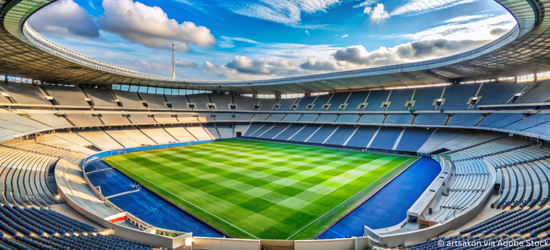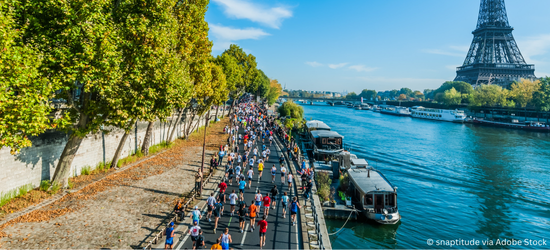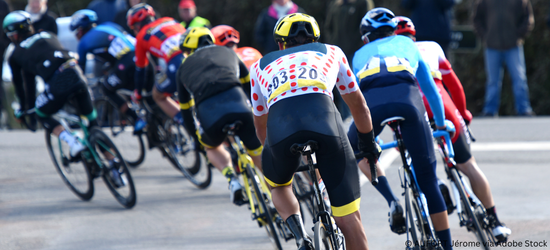The Voice of Chandigarh News

It is going to be an exciting few months for France as the country gears up to host the world’s most awaited sporting event – the Olympics and the Paralympic Games. The sporting fever continues with the coveted Tour de France that took off from June 29. Its not only sport that finds itself in the limelight, there is also art takes centerstage as the year marks 70 years of the passing of the Father of the Fauvism movement of art – Henri Matisse. Here’s a round up of what the discerning traveller can expect in France in the upcoming months.

70 years of Henri Matisse
The contribution of the reputed artist Henri Matisse has left an indelible impression on the French art landscape. Known as the father of Fauvism – a style of art – Matisse is best known for the use of colour and his draughtsmanship. Also a sculptor and a printmaker, it was predominantly his paintings that brought him fame and recognition.
3rd November 2024 will mark the 70th year of his passing. The Musée Matisse in Nice, where he lived most of his life and created his most iconic paintings, will mark this event. The museum houses the largest collection of Matisse’s art, with 31 paintings, 454 drawings and 57 sculptures. In a number, the museum counts more than 1500 items that document Henri Matisse’s life, and is a must-visit for any art aficionado.
Olympic Games – An Eye on Sustainability

The Paris 2024 Olympic and Paralympic Games are committed to making this edition a sustainable one and numerous initiatives have been put in place to achieve this objective. Here below are a few examples:
95% of the designated Olympic venues are either pre-existing stadiums – or temporary structures designed to accommodate the Games. In addition to existing stadiums such as the Roland Garros, the Stade de France, the Accor Arena and others, Paris’s iconic landmarks such as the Place de la Concorde, the Esplanade des Invalides, the Parc du Champs de Mars are being transformed into temporary venues with due regard for the challenges of climate change. To minimize environmental impact, trade fair venues such as Paris Expo Porte de Versailles and Paris Nord Villepinte will also offer their maganimous spaces for the Olympic Games.
Newly built venues such as Porte de la Chapelle are built in an eco-responsible manner, to reduce their carbon impact as much as possible. Aluminium façades and biodegradable materials such as wood have been extensively employed in the construction. Some other areas such as the St Denis Aquatic Centre, Le Bourget Sport Climbing venue and the Olympic village built to host the athletes will continue to endure post the Games and will be made available for public use.
Over two 15-day periods of the Games, Paris 2024 is committed to serve no less than 13 million meals to the athletes, volunteers, spectators and players linked to the Games, making it the world’s largest catering event operation. The objective is to provide gourmet, sustainable, local and responsible food coupled with the French savoir-faire and its creative gastronomy. To reduce CO2 emissions, the meals will have twice as many vegetables, 80% of products from France and 30% of organic products. The Games will aim to achieve a reduction in the quantity of plastic and limiting of wastage besides other initiatives.
Non-motorized forms of transport are integral to Paris 2024’s motto of sustainability. All the Olympic venues will be accessible by bike. Is envisaged, a 60-kilometre network of cycle tracks linking all the venues, along with the creation of 10,000 parking spaces. For those who do not own a bike, an additional 30,000 Vélib bikes will be made available. The Seine-Saint-Denis department, the Aquatic Centre, Stade de France, Le Bourget Sport Climbing venue and the Olympic village will benefit from an additional 25km worth of bicycling routes.
Marathon Pour Tous – A Marathon For All

The Olympic Games stay true to their motto – Games Wide Open – to bring sport into the heart of Paris and into the lives of all residents. The “Marathon pour Tous” (Marathon for All) initiative aims to do just that. On 10 August 2024, two race courses from Paris City Hall to the Esplanade des Invalides will be open to the public, in a first-of-its-kind general public event to be held during the Olympic Games. It is an ideal opportunity for those who want to run in the footsteps of Olympic athletes. The routes pass some of Paris’s most iconic landmarks, including the Palais Garnier, Château de Versailles and the Louvre Museum, and will be lined with cheering spectators as an extra boost of motivation.
Tour de France – France’s Biggest Cycling Event

The Tour de France, France’s biggest cycling event began its 111th edition on 29th June 2024, set to last till the 21st of July. This particular route takes participants through the French and Italian Alps, Massif Central and the Pyrénées, earning a reputation as one of the hilliest routes explored during the event. Within France itself, the riders will pass through 7 regions and no less than 30 departments. And: for the first time in its history, the Tour will begin from Florence in Italy and end in Nice, South of France instead of Paris – which is already quite busy preparing to host the Olympics this year.

